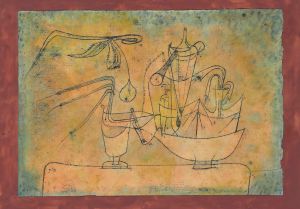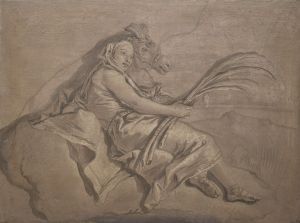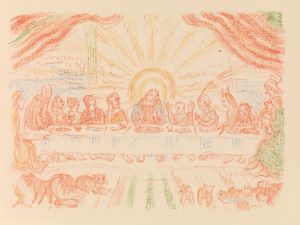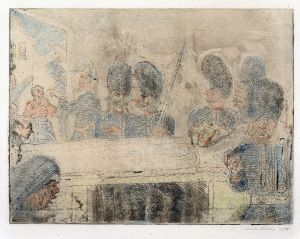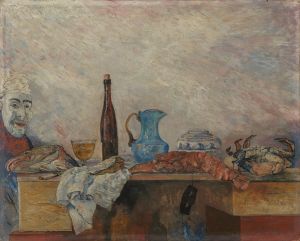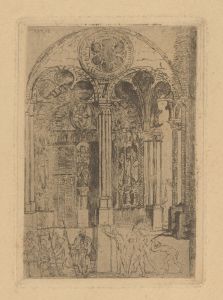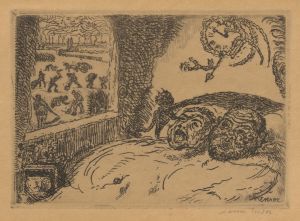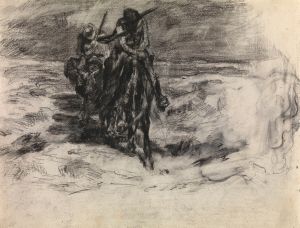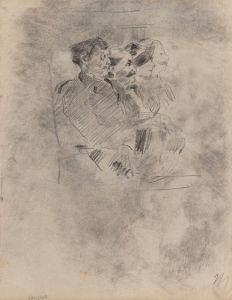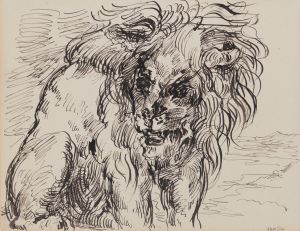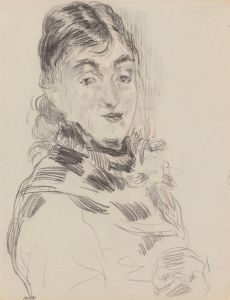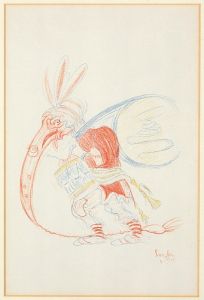
Copy after Honoré Daumier
A hand-painted replica of James Ensor’s masterpiece Copy after Honoré Daumier, meticulously crafted by professional artists to capture the true essence of the original. Each piece is created with museum-quality canvas and rare mineral pigments, carefully painted by experienced artists with delicate brushstrokes and rich, layered colors to perfectly recreate the texture of the original artwork. Unlike machine-printed reproductions, this hand-painted version brings the painting to life, infused with the artist’s emotions and skill in every stroke. Whether for personal collection or home decoration, it instantly elevates the artistic atmosphere of any space.
"Copy after Honoré Daumier" by James Ensor is a work created by the Belgian artist James Ensor, who is widely recognized for his innovative and often satirical contributions to modern art. This particular piece is a copy or reinterpretation of a work by the French artist Honoré Daumier, a prominent 19th-century painter, caricaturist, and sculptor known for his social and political commentary.
James Ensor (1860–1949) was an influential figure in the transition from 19th-century realism to 20th-century expressionism and surrealism. His works often explored themes of absurdity, grotesque imagery, and social critique, making him a key precursor to later avant-garde movements. Ensor admired Daumier's ability to capture human emotion and societal dynamics, which likely inspired him to create this homage.
Honoré Daumier (1808–1879) was celebrated for his sharp observations of human behavior and his ability to depict the complexities of modern life. Through his lithographs, paintings, and sculptures, Daumier addressed issues such as class disparity, political corruption, and the human condition. Ensor's decision to copy or reinterpret one of Daumier's works reflects a deep respect for Daumier's artistic legacy and his influence on subsequent generations of artists.
The exact date of Ensor's "Copy after Honoré Daumier" is not definitively documented, but it is understood to be part of Ensor's broader engagement with the works of past masters. This practice of copying or reinterpreting earlier works was common among artists and served as a way to study technique, pay tribute, or reinterpret themes in a new context.
The medium and dimensions of "Copy after Honoré Daumier" are not widely recorded, and its current location or ownership remains unclear. However, the work is often cited as an example of Ensor's engagement with the art historical canon and his ability to draw inspiration from a wide range of sources while maintaining his distinctive style.
As with many of Ensor's works, "Copy after Honoré Daumier" demonstrates his interest in the interplay between tradition and innovation. By revisiting Daumier's imagery, Ensor not only acknowledged the influence of the French artist but also contributed to the ongoing dialogue between artists across generations.
Further details about the specific Daumier work that Ensor copied or the context in which Ensor created this piece are not readily available.





